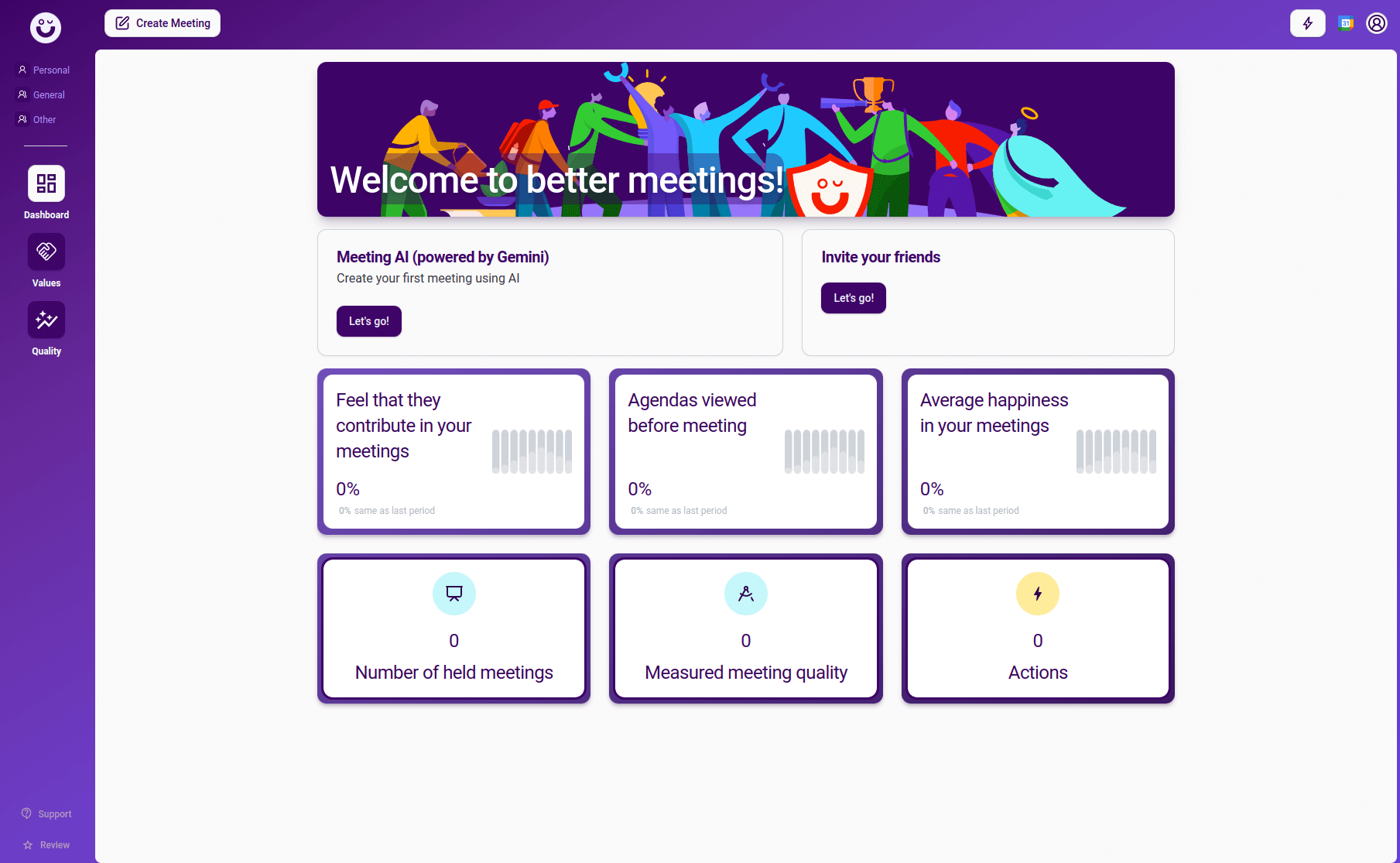Meetings are an integral part of modern organizational life. They provide a platform for team members to share ideas, tackle problems, and achieve collective goals.
However, without clear and agreed-upon meeting ground rules, even the most well-intentioned meetings can devolve into chaotic sessions of side conversations and unproductive debates.
We will explore the essential meeting ground rules, their importance, and best practices for crafting and implementing them to ensure your meetings are both productive and engaging.
Understanding Meeting Ground Rules
Meeting ground rules are the agreed-upon guidelines that dictate how participants should conduct themselves during meetings.
These rules set the tone for interactions, helping to foster a respectful and focused environment.
Ground rules address various aspects of meeting dynamics, including communication, participation, and decision-making processes.
Why Meeting Ground Rules Matter
Establishing meeting ground rules is crucial for several reasons:
- Encourage Respectful Communication: Ground rules help ensure that all voices are heard and that discussions remain respectful. They create a framework where team members feel safe to express their opinions without fear of judgment.
- Promote Effective Participation: Rules help guide how team members contribute to discussions, ensuring that everyone has an opportunity to participate and that the conversation stays on track.
- Facilitate Decision-Making: Clear guidelines on how decisions are made and recorded help in achieving closure and moving forward. This avoids confusion and disagreements about decisions made during the meeting.
- Manage Conflicts and Divergent Opinions: When strong opinions arise, having ground rules in place helps in addressing conflicts constructively, allowing the team to navigate disagreements without derailing the meeting.

Essential Meeting Ground Rules
Based on insights from various sources and best practices, here are key meeting ground rules to consider:
1. Prepare an Agenda and Stick to It
Having a well-defined meeting agenda is one of the most fundamental ground rules. The agenda outlines the topics to be discussed and allocates time for each item.
This ensures that meetings are organized and that all necessary topics are covered. Share the agenda in advance to allow participants to prepare.
Best Practice: Use the “3×3 Rule” for agenda items. This rule suggests that no more than three items should be discussed in any one meeting, with each item allotted no more than three minutes of discussion time. This keeps meetings concise and focused.
2. Record Notes and Outcomes
Documenting what happens during a meeting is crucial. This includes recording decisions made, action items assigned, and any other key outcomes.
This ensures accountability and provides a reference for future meetings.
Best Practice: Assign a dedicated note-taker for each meeting to ensure that notes are accurate and complete. Utilize tools like meeting minutes templates or collaborative software for real-time recording.
3. Create a Parking Lot for Off-Topic Ideas
Sometimes discussions can veer off track or bring up issues that are not immediately relevant. A “parking lot” is a designated space where these off-topic ideas can be noted and revisited later.
This helps keep the meeting focused on the agenda while still acknowledging the importance of other ideas.
Best Practice: Assign someone to manage the parking lot and ensure that off-topic issues are addressed in a follow-up meeting or through a separate discussion.
4. Respect the Chatham House Rule
The Chatham House Rule is a principle that allows for open discussion of ideas while ensuring that participants are not identified in any reports or publications.
This encourages more candid and honest exchanges.
Best Practice: Clearly state if the Chatham House Rule applies at the beginning of the meeting and remind participants if necessary.
5. Implement the Windshield Rule
The Windshield Rule suggests that participants should view their contributions through the lens of how they would present their ideas to someone looking through a windshield: clearly and concisely.
This helps in maintaining focus and ensuring that contributions are relevant and to the point.
Best Practice: Encourage participants to summarize their points and avoid lengthy monologues. Aim for brevity and clarity in discussions.
6. Use the Donut Rule for Participation
The Donut Rule refers to a technique where a facilitator ensures that everyone contributes to the discussion in a balanced manner, much like the equal distribution of a donut’s filling.
This prevents dominant personalities from overshadowing quieter participants.
Best Practice: Rotate the responsibility of leading discussions or use a round-robin approach to give each participant a chance to speak.
7. Handle Strong Opinions Constructively
When strong opinions emerge, it’s important to manage them constructively. Ground rules should include guidelines for expressing disagreements respectfully and constructively.
This helps prevent conflicts from escalating and ensures that all viewpoints are considered.
Best Practice: Establish rules for respectful disagreement and encourage active listening. Use techniques like “active listening” and “acknowledging different inputs” to facilitate constructive discussions.
8. Keep Conversations on Track
To prevent side conversations and ensure that discussions remain focused, establish rules for managing interactions.
Encourage participants to direct their comments to the group rather than engaging in private discussions.
Best Practice: Designate a timekeeper or facilitator to gently steer conversations back to the topic at hand if they stray.
9. Encourage an Open Mind
An open-minded approach fosters creativity and innovation. Encourage participants to listen to all viewpoints and consider new ideas without immediate judgment.
Best Practice: Promote a culture of curiosity and openness. Remind participants that every idea is valuable and that constructive feedback is essential for growth.
10. Document and Review Meeting Goals
Clearly define the goals of the meeting at the start and review them periodically throughout.
This helps ensure that the meeting stays on track and that objectives are met.
Best Practice: At the beginning of the meeting, outline the goals and revisit them at the end to assess whether they have been achieved.
Additional Tips for Effective Meetings
Beyond these fundamental ground rules, consider implementing additional strategies to improve meeting productivity:
- Establish Clear Roles: Define roles such as facilitator, note-taker, and timekeeper to streamline the meeting process and ensure that responsibilities are clear.
- Use Technology Wisely: Leverage technology tools for virtual meetings, such as video conferencing platforms and collaboration software, to facilitate participation and documentation.
- Solicit Feedback: Regularly seek feedback from participants about the effectiveness of meetings and ground rules. Use this feedback to make necessary adjustments and improvements.
- Foster a Positive Environment: Create a supportive atmosphere where team members feel valued and motivated to contribute. Recognize and appreciate contributions to maintain morale and engagement.
Conclusion
Effective meetings are a cornerstone of successful teamwork and organizational efficiency. By establishing and adhering to meeting ground rules, you can create a structured and respectful environment that promotes productive discussions and decision-making.
Remember, the goal of these rules is to facilitate communication, manage conflicts, and ensure that all participants can contribute meaningfully.
Implementing the right ground rules and best practices will help you harness the full potential of your team and drive towards your meeting goals with clarity and purpose.
Whether it’s through managing strong opinions, keeping conversations on track, or respecting diverse inputs, these practices will enhance your meeting experience and lead to better outcomes for all involved.
By investing in well-defined meeting ground rules and continually refining your approach, you set the stage for more effective, engaging, and successful meetings.



